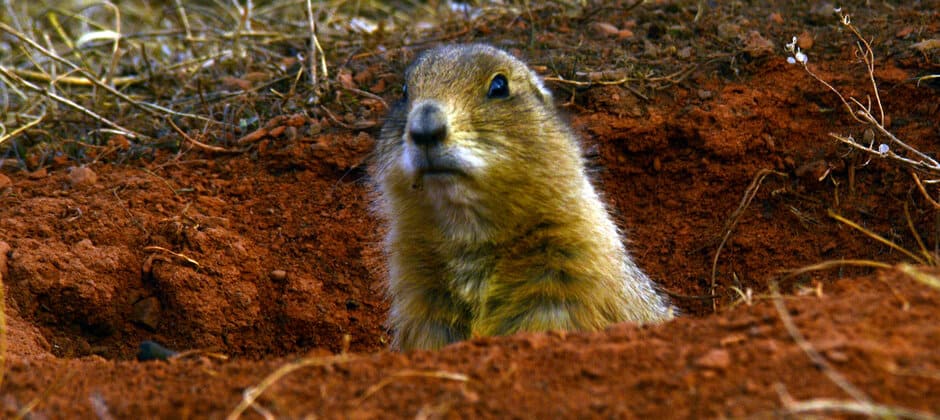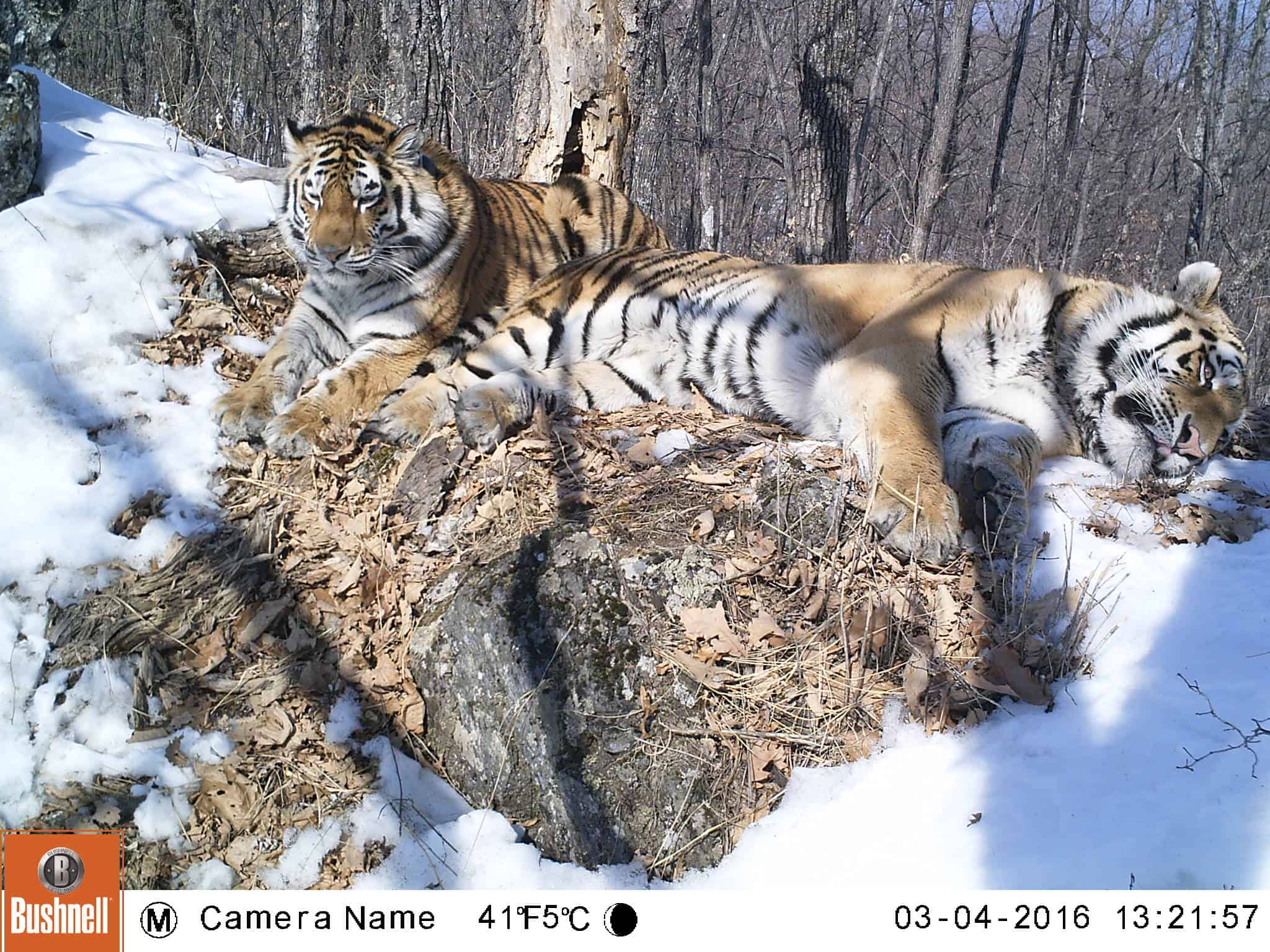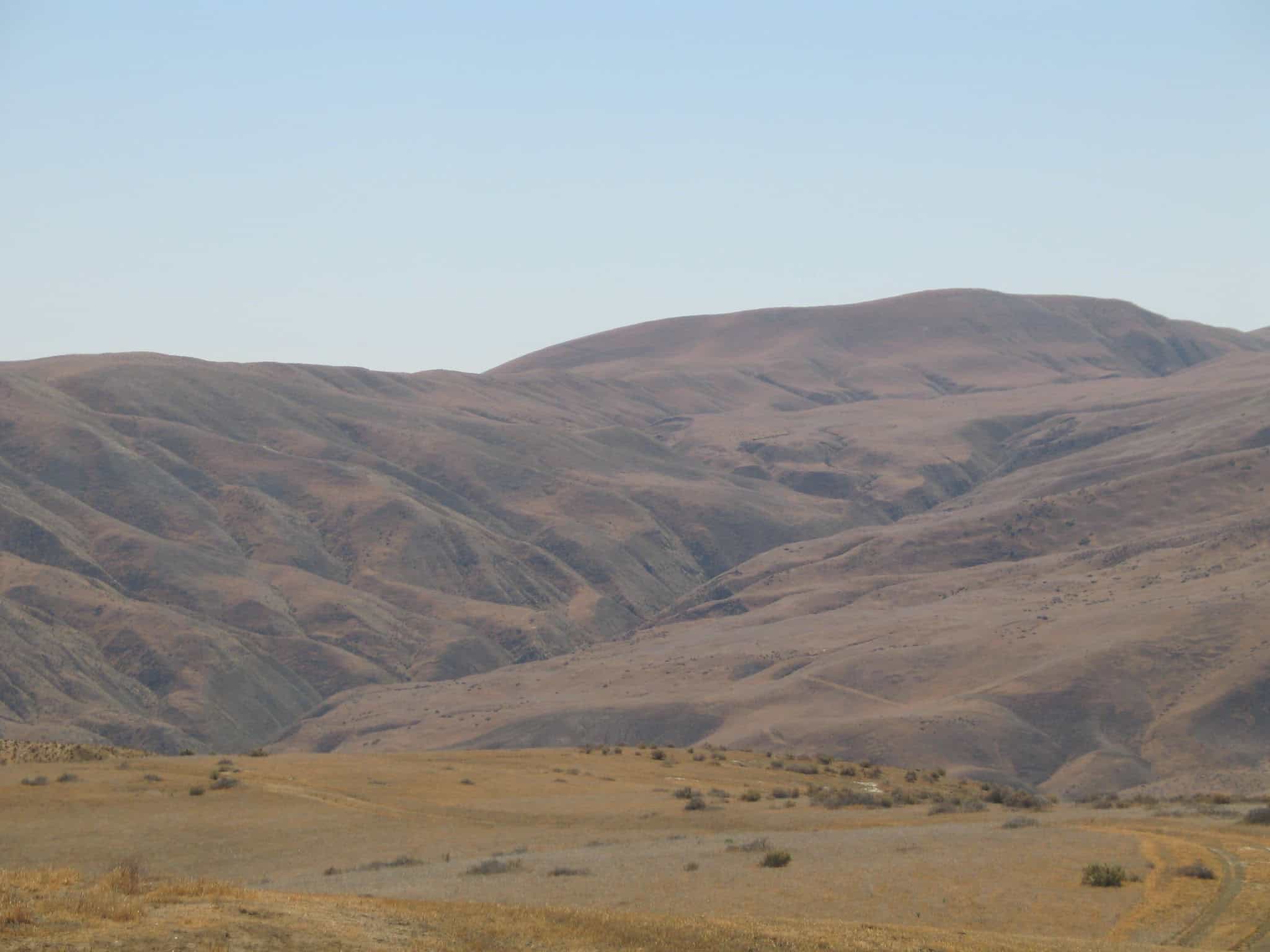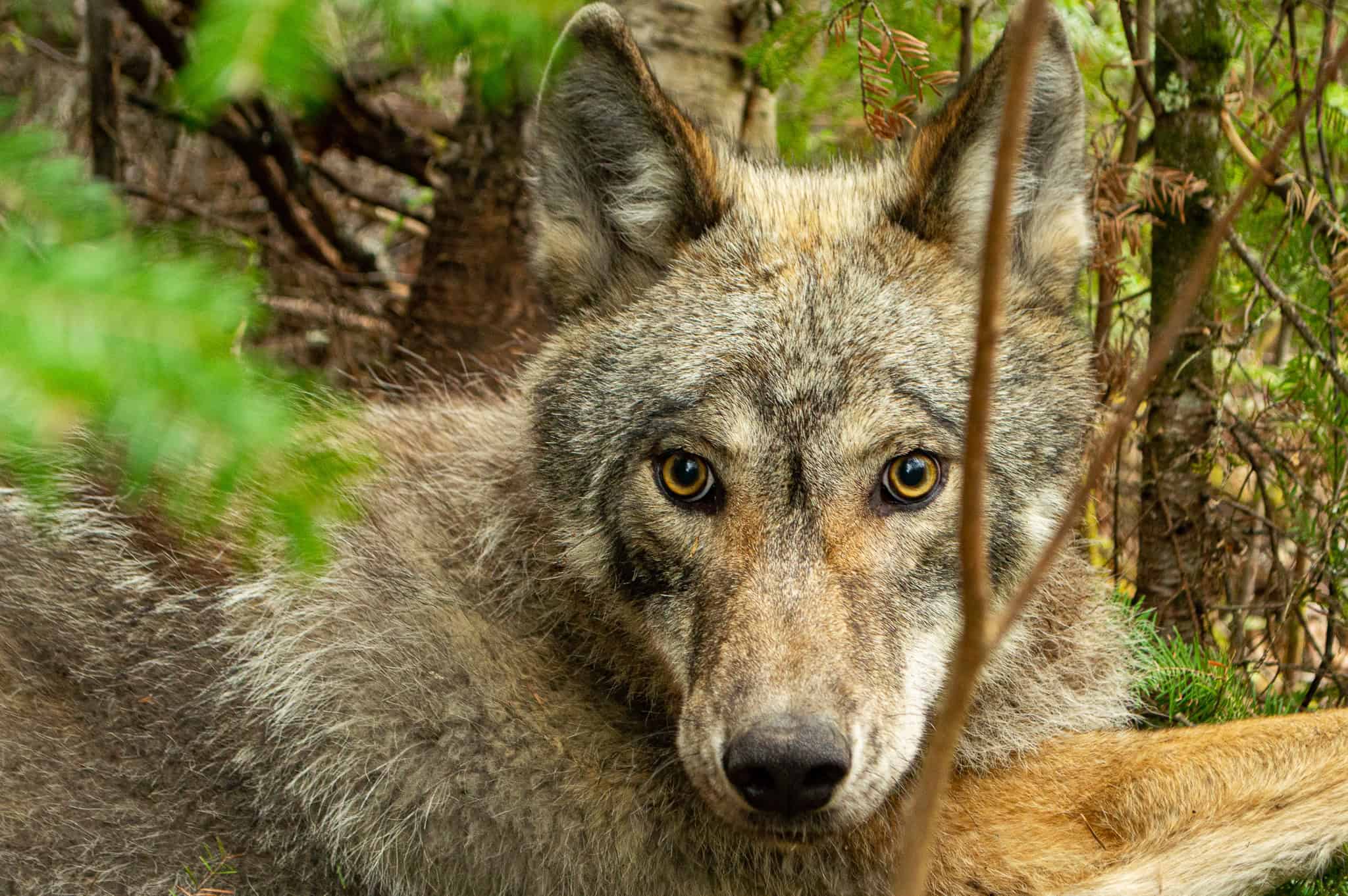Share this article
The synergistic relationship between bats and prairie dogs
Large numbers of bats hunt around black-tailed prairie dog colonies, and some may even use abandoned burrows as day roosts, recent sound surveys have revealed.
Black-tailed prairie dogs (Cynomys ludovicianus) are well-known ecosystem engineers. They can be a headache for farmers and ranchers, digging burrows where they grow their crops, but they can also be a boon for a number of species that make use of their burrows. However, researchers hadn’t ever documented bats also benefiting from the colonies prairie dogs dig underground.
Rick Adams, a professor emeritus of biology at the University of Northern Colorado and the author of a study on the topic published recently in the Journal of Zoology, started his career studying prairie dogs in 1987. He has now published another study on them around his retirement. “I feel like I’ve come full circle,” he said.
Adams was conducting sonar surveys of bat activity around Hall Ranch near Lyons in northern Colorado. During his analysis, Adams surveyed a number of different habitat types around the ranch, including one area that had a long-standing black-tailed prairie dog colony—it had been there for at least a century.
When he began to analyze the data, Adams found that the colony was also major hub for bat activity.
Open-air foraging species like big brown bats (Eptesicus fuscus) and hoary bats (Lasiurus cinereus) were foraging in these areas more than expected, he found.
Adams isn’t yet sure why those bats were drawn to these areas, but he believes the prairie dogs’ ecosystem engineering may play a role. Their excavations may benefit insects that then take to the air, providing food for bats.
More surprisingly, Adams also picked up sounds of fringed myotis (Myotis thysanodes) and small-footed myotis (Myotis ciliolabrum) in the area as well.
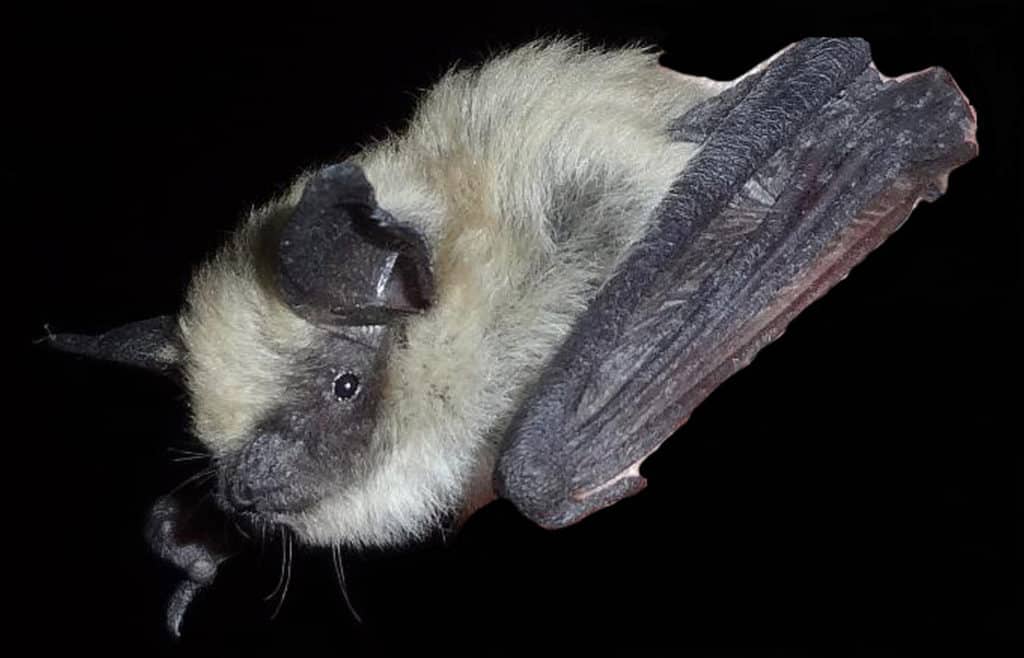
A small-footed myotis, one of the bats that may use prairie dog burrows. Credit: Rick Adams
“We were shocked to find the forest species in such high numbers there,” Adams said. These species typically forage in or along the edge of forest stands, more rarely venturing into open areas where they might be preyed upon by small owls like northern pygmy owls (Glaucidium gnoma) or come into competition with open-area adapted bat species.
One forest species was using the area differently from the open-air foragers. The latter began to show up after dusk and increased their activity throughout the night. But Adams found more activity from the small-footed myotis around dusk and dawn, with lower amounts throughout the night.
“That type of pattern is indicative of what we find at roost sites,” he said about the forest species.
Small-footed myotis are known to sometimes roost on the ground or near the ground, whether under large rocks or in tree stumps. Adams said it’s possible that the bats are also using prairie dog burrows as day roosts.
Adams used probes to see if he could confirm bat presence in burrows. But the colonies are complex with hundreds of holes, and he hasn’t found any evidence of that yet. He thinks that thermal imaging technology might be the best way to confirm the bats’ roosting presence in the future.
“It’s very interesting that that might be a possibility,” he said.
If true, the discovery adds to the knowledge of the ecosystem services prairie dogs provide on the landscape.
Farmers and ranchers often use carbon dioxide canisters to control prairie dog colonies. But this study shows they may be killing bats as well with these methods—some species of which are already declining due to climate change and white-nose syndrome.
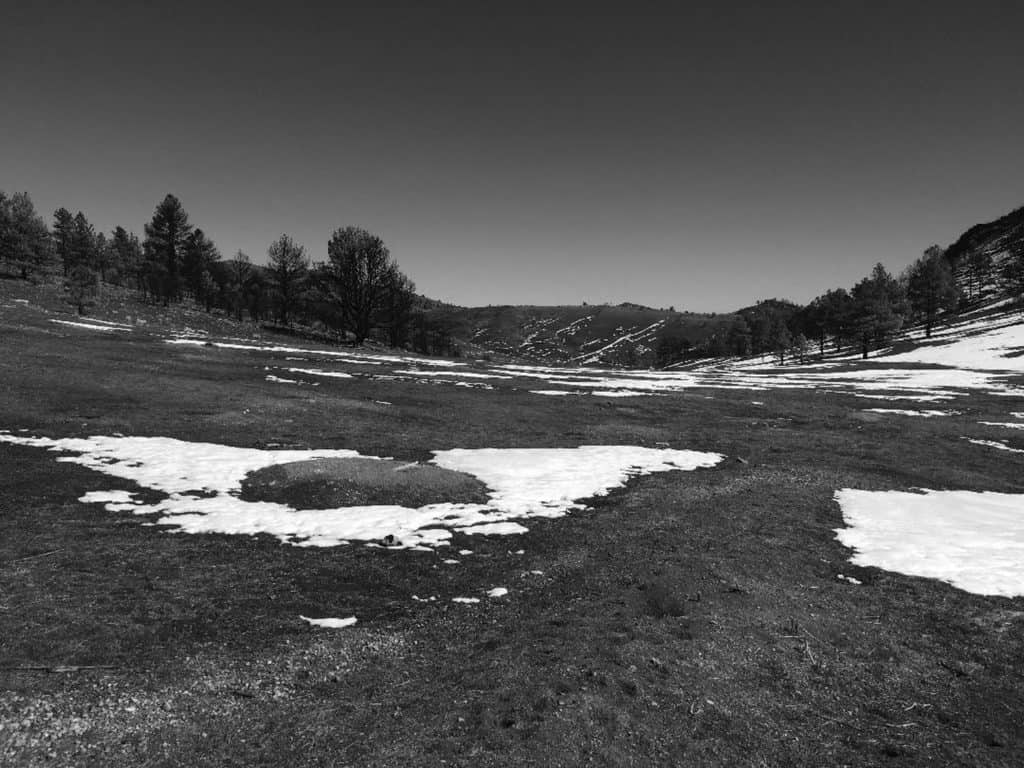
A black-tailed prairie dog colony at Heil Valley Ranch in the spring. Credit: Rick Adams
“We are tracking declines in a couple of species in our area,” Adams said.
If bats are using these burrows, he said it’s another reason to keep prairie dogs on the landscape. “Black-tailed prairie dogs build biodiversity in these areas.”
Header Image: Some bats may make use of abandoned prairie dog burrows. Credit: Rick Adams



